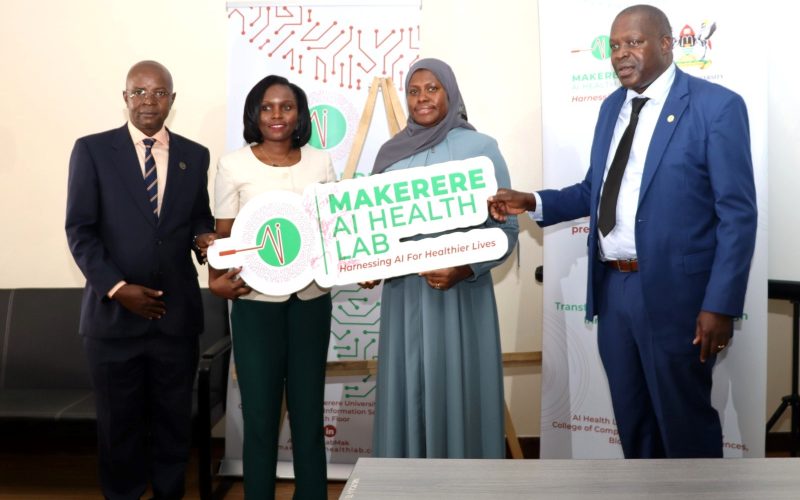Researchers at Makerere University have developed innovative computer programs utilizing Artificial Intelligence (AI) to identify various disease parasites with remarkable accuracy. By attaching a smartphone to a 3D printer, the team captures images that the computer can analyze to detect different parasites. This advanced technology even allows for the quantification of malaria density, known healthwise as parasitemia determination. The AI model is being trained to recognize both parasites and white blood cells, enabling comprehensive infection quantification.
In their latest announcement, the scientists revealed plans to scale up their research. They have collected thousands of samples from across the country to test the technology and its efficacy. The potential of AI in detecting a range of diseases is being demonstrated by students, showing that this technology could be a game-changer for real-time solutions to diseases like tuberculosis, malaria, and cervical cancer, which continue to be significant burdens in Uganda.
The team also aims to use the AI application to produce data for future predictions of disease burdens. By integrating data on malaria prevalence with information about human movement and natural factors such as seasonal changes, the AI can employ machine learning techniques to build predictive models. These models can forecast the likely number of malaria cases, aiding in proactive health management.
Experts from Mulago Hospital are collaborating with the team to refine and advance the technology. Traditional microscopic methods of diagnosis are time-consuming, and the current workforce crisis in health facilities exacerbates the issue. AI offers a quick turnaround for results, significantly reducing waiting times in hospitals. With just a click, patients can receive faster diagnoses and treatment, enhancing the efficiency and effectiveness of healthcare delivery.








